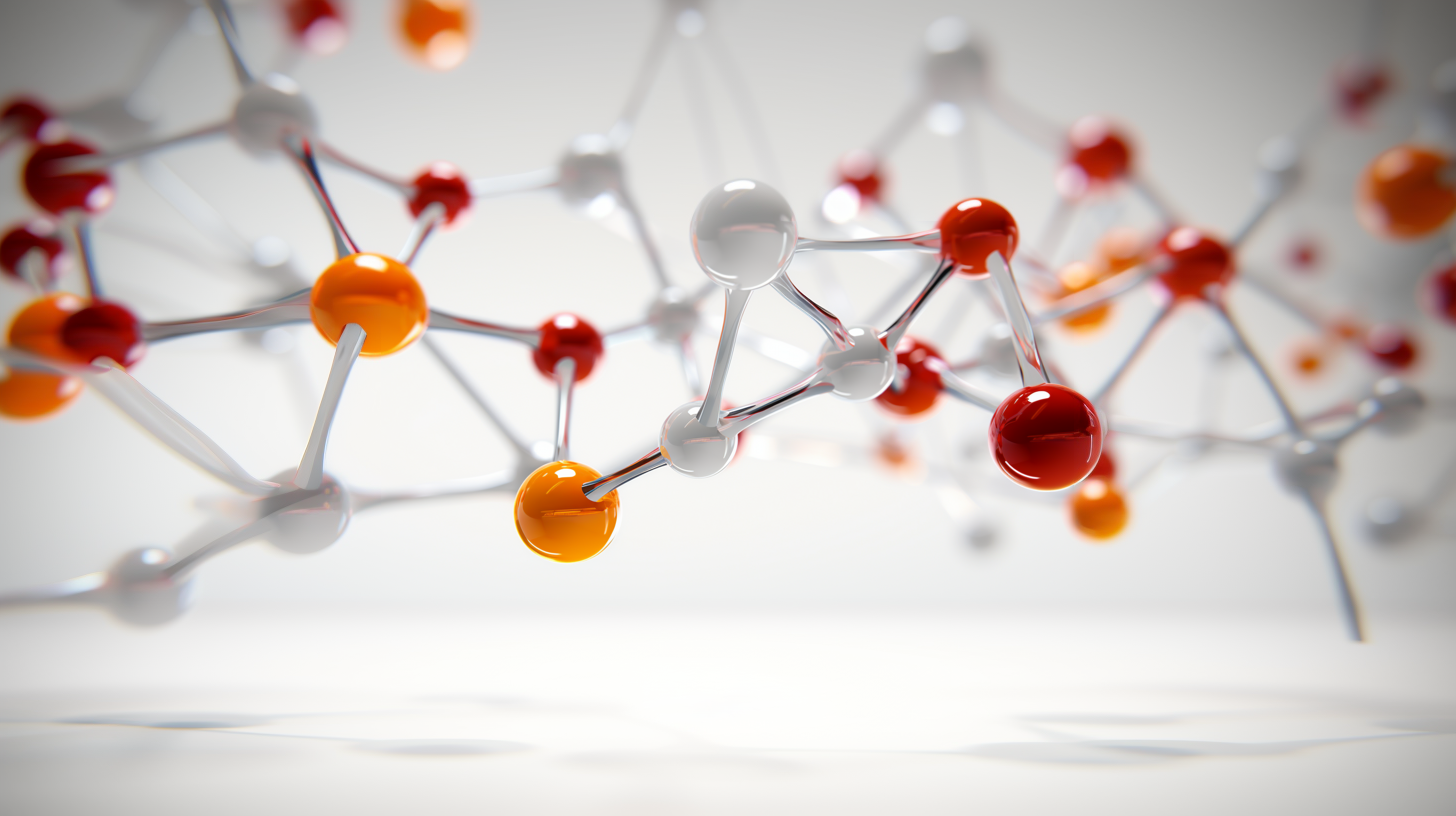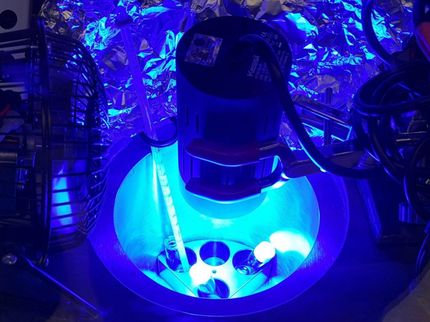Strychnine in six steps
Strychnine can now be synthesised in just six steps, say US scientists. Christopher Vanderwal and his team from the University of California, Irvine created four new carbon–carbon bonds and a carbon–oxygen bond in four steps on the way to making strychnine.
‘Until recently, the fastest synthesis was completed by Viresh Rawal [from The Ohio State University, US] in 14 steps,’ says David MacMillan, an expert in organocatalysis from Princeton University in the US.
Defining the shortest route to complex, useful molecules is an important step in uncovering the most efficient way to produce these targets, says Vanderwal. ‘While the overall efficiency of our route isn’t any better than previous routes, the number of chemical operations needed is less than any predecessor,’ he says.
The team began with a century-old pyridinium ring opening reaction called the Zincke reaction – named after German chemist Theodor Zincke – in which a pyridine is transformed into a pyridinium salt by reaction with 2,4-dinitrochlorobenzene and a primary amine. This led to the formation of donor–acceptor dienes known as Zincke aldehydes. The next steps involved an intramolecular Diels–Alder reaction, a ruthenium catalysed hydrosilylation and a rearrangement–intramolecular conjugate addition leading to an aldehyde that was then converted to strychnine.
Other news from the department science

Get the chemical industry in your inbox
By submitting this form you agree that LUMITOS AG will send you the newsletter(s) selected above by email. Your data will not be passed on to third parties. Your data will be stored and processed in accordance with our data protection regulations. LUMITOS may contact you by email for the purpose of advertising or market and opinion surveys. You can revoke your consent at any time without giving reasons to LUMITOS AG, Ernst-Augustin-Str. 2, 12489 Berlin, Germany or by e-mail at revoke@lumitos.com with effect for the future. In addition, each email contains a link to unsubscribe from the corresponding newsletter.
Most read news
More news from our other portals
See the theme worlds for related content
Topic world Synthesis
Chemical synthesis is at the heart of modern chemistry and enables the targeted production of molecules with specific properties. By combining starting materials in defined reaction conditions, chemists can create a wide range of compounds, from simple molecules to complex active ingredients.

Topic world Synthesis
Chemical synthesis is at the heart of modern chemistry and enables the targeted production of molecules with specific properties. By combining starting materials in defined reaction conditions, chemists can create a wide range of compounds, from simple molecules to complex active ingredients.



























































